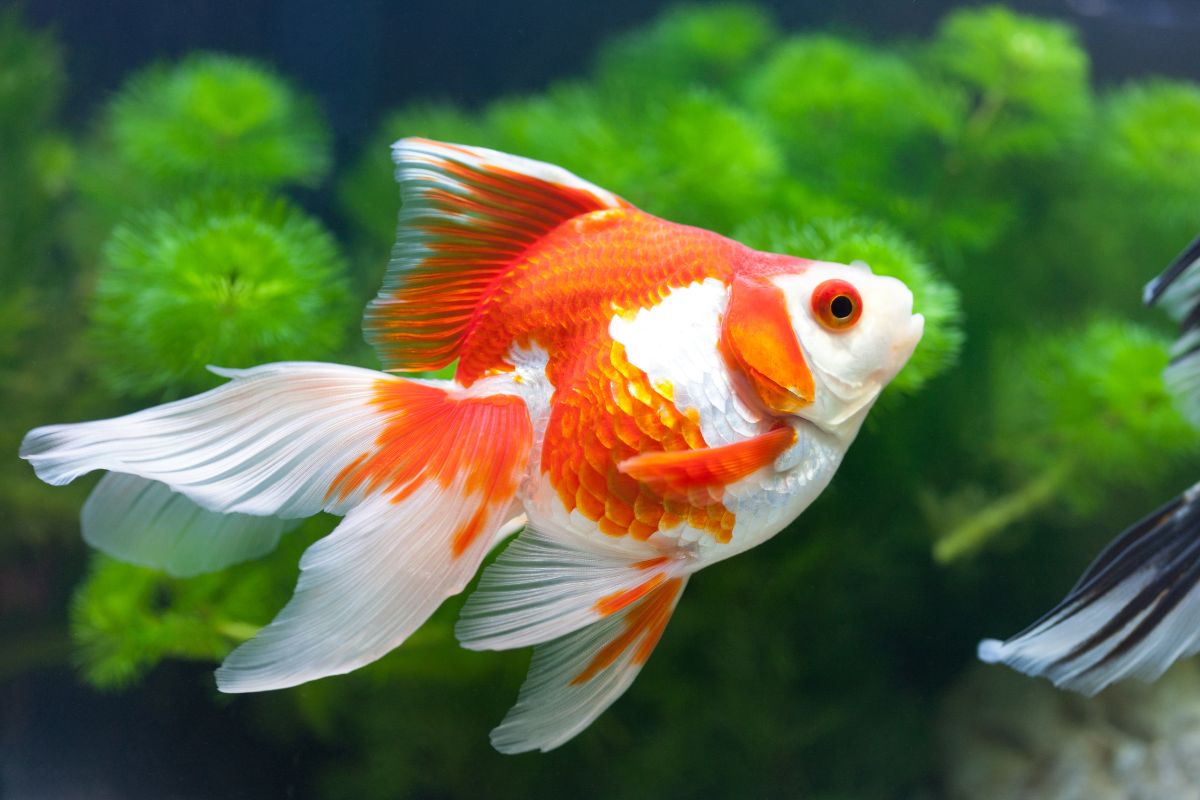In this article Show
As an avid fish keeper, navigating the waters of home aquariums brings its own set of challenges and joys. Among the diverse array of aquatic companions, Betta fish, and Goldfish stand out as popular choices for enthusiasts.
The intriguing question that often surfaces is whether these two charismatic species can peacefully share the same tank. In this guide, we’ll embark on a journey to explore the compatibility of Betta fish and Goldfish, offering practical insights for fellow aquarium enthusiasts.
By understanding the unique needs of these aquatic residents, we aim to unravel the intricacies of maintaining a thriving, cohabitant aquarium. Let’s unravel the secrets behind creating a harmonious space where Betta and Goldfish can not only survive but flourish together.
Will A Betta Fish Kill A Goldfish?
Yes, Betta fish can coexist with Goldfish in the same tank, but successful integration requires meticulous planning and adherence to specific guidelines. Understanding the distinct characteristics of Betta fish, known for their territorial instincts, and Goldfish, appreciated for their sociable nature, is crucial.

Understanding Betta Fish
Betta fish, often known as Siamese Fighting Fish, boast vibrant colors and flowing fins. What sets them apart is their solo nature and strong territorial instincts. In the wild, Betta fish inhabit small, isolated water bodies, leading to a preference for a solitary lifestyle.
Creating an ideal habitat for Betta fish involves careful consideration of tank conditions. The recommended tank size is a minimum of 5 gallons, providing ample space for the Betta to establish its territory.
Water parameters play a crucial role, with a temperature range of 78-80°F (25-27°C) and a slightly acidic to neutral pH level (6.5-7.5) being optimal. Hiding spots, such as plants or decorations, are essential to offer refuge for the Betta when needed.
Overview Of Goldfish
Goldfish, cherished for their charming personalities, are naturally social beings. Their playful interactions and need for companionship make them well-suited for community tank setups. Goldfish tend to thrive when sharing their aquatic space with other compatible fish, displaying a sociable nature that adds a delightful dynamic to the aquarium.
Creating an ideal environment for Goldfish involves meeting specific tank conditions. Providing ample space is essential, with a general guideline of 20 gallons for the first fish and an additional 10 gallons per additional fish.
Maintaining proper water conditions, including a temperature range of 62-74°F (16-23°C) and a pH level between 7.2-7.6, ensures the well-being of Goldfish. Efficient filtration is crucial to keep the water clean and clear.
Addressing the Betta-Goldfish Dilemma
Mixing Betta fish and Goldfish in the same tank presents notable compatibility concerns. The primary risk stems from the stark differences in their behavioral traits and environmental needs. Understanding these distinctions is crucial to navigating potential challenges and creating a conducive living space for both species.
Real-life examples highlight instances where Betta fish and Goldfish interactions can lead to aggression. Betta fish, with their territorial nature, may exhibit aggression towards the calmer Goldfish.

Observing and learning from these experiences can provide valuable insights into managing and mitigating potential conflicts within the shared aquarium.
Territorial disputes, size differences, and stress factors are key contributors to conflicts between Betta fish and Goldfish. Betta’s need for personal space clashes with Goldfish’s social tendencies, creating potential tension.
Size differences can exacerbate the issue, and stress factors, such as inadequate hiding spots or insufficient territory, further contribute to the dilemma. Understanding these reasons equips aquarists with the knowledge needed to proactively address and prevent conflicts.
Tank Setup Tips for Harmony
When contemplating a shared space for Betta fish and Goldfish, consider the pros and cons of both separate tanks and community setups. Separate tanks provide individual territories, reducing the likelihood of conflicts, while community tanks offer the opportunity for unique interactions.
Ensuring a harmonious living arrangement involves selecting an adequate tank size. A minimum of 20 gallons is recommended to accommodate both Betta fish and Goldfish comfortably.
This provides ample space for each species to establish territories and reduces the risk of aggression. Larger tanks contribute to a healthier environment, fostering a balanced coexistence between these distinct aquatic inhabitants.
Minimizing potential confrontations requires strategic planning within the tank. Incorporating hiding spots, such as plants or decorations, offers a refuge for both Betta fish and Goldfish.
Visual barriers, like rocks or driftwood, further help create separate zones, reducing direct line-of-sight interactions. These simple yet effective strategies contribute to a well-designed tank that promotes harmony and minimizes stress for both aquatic residents.
Monitoring and Intervention
To maintain a harmonious environment, keen observation of behavioral cues is essential. Signs of aggression or stress in Betta fish and Goldfish can include flaring fins, rapid movements, or changes in coloration. Recognizing these cues promptly enables proactive measures to prevent potential conflicts and ensure the well-being of both aquatic companions.
When aggression arises, having effective intervention strategies is crucial. Separation techniques, such as using dividers or providing separate hiding spots, can diffuse tension and offer each species its space.
Additionally, adjusting tank conditions, such as temperature or lighting, may help alleviate stress triggers. Implementing these simple yet impactful interventions promotes a peaceful coexistence between Betta fish and Goldfish.










